Why does the location icon come on randomly iPhone?
The iPhone, a marvel of modern technology, is equipped with a wide array of features and capabilities that make our lives easier. One such feature is location services, which allows apps to access your device’s GPS data to provide you with valuable information and services. However, some iPhone users have reported that the location icon appears to activate randomly, leaving them perplexed and concerned about their privacy. In this article, we will delve into why the location icon may pop up unexpectedly on your iPhone, explore ways to address this issue, and introduce a solution that can help safeguard your location privacy.
![]()
1. Why does the locati0n icon come on randomly iPhone?
The seemingly random activation of the location icon on an iPhone can be attributed to several factors:
- Background App Activity
Many apps require access to your location for specific functions, such as weather updates, navigation, or location-based notifications. Even when you’re not actively using these apps, they can still utilize location data in the background, causing the location icon to appear. This background activity is essential for apps to function effectively but can be a source of concern for privacy-conscious users.
- Frequent Locations
iOS includes a feature known as “Frequent Locations,” which tracks places you visit regularly. The data collected is used to offer location-based recommendations, such as your commute route or nearby restaurants. This tracking can activate the location icon when iOS records your location history.
- Geofencing
Apps often employ geofencing to provide location-based alerts or services when you enter or leave specific areas. For instance, a retail app might send you a discount coupon when you’re near one of their stores. Geofencing can activate the location icon when apps monitor your location to trigger these events.
- System Services
iOS has various system services that require location data, including Find My iPhone, Emergency SOS, and Location-Based Alerts. These services can lead to the appearance of the location icon when they are active.
- Background App Refresh
The Background App Refresh feature allows apps to update their content while running in the background. Apps with location permissions may use this feature to refresh their data, causing the location icon to appear periodically.
- Bluetooth and Wi-Fi Scanning
To enhance location accuracy, iPhones use Bluetooth and Wi-Fi scanning. These features can lead to the location icon being activated, even if you are not actively using location-dependent apps.
- Hidden or Persistent Location Services
Some apps may access location services without explicitly notifying you or seeking your permission. This could be due to poor app design or, in rare cases, malicious behavior.
- Software Bugs or Glitches
Occasionally, the random activation of the location icon may result from software bugs or glitches in the iOS. In such instances, a simple restart or updating your iOS to the latest version can potentially resolve the issue.
2. How to Address the Random Activation of the Location Icon
If you are concerned about the random activation of the location icon on your iPhone, there are several steps you can take to address the issue and regain control over your location privacy:
2.1 Review App Permissions
Go to “Settings,” scroll down, and tap “Privacy.” Select “Location Services” to view the list of apps that have access to your location. You can individually control which apps have location permissions or turn off location services altogether for apps that don’t need them.
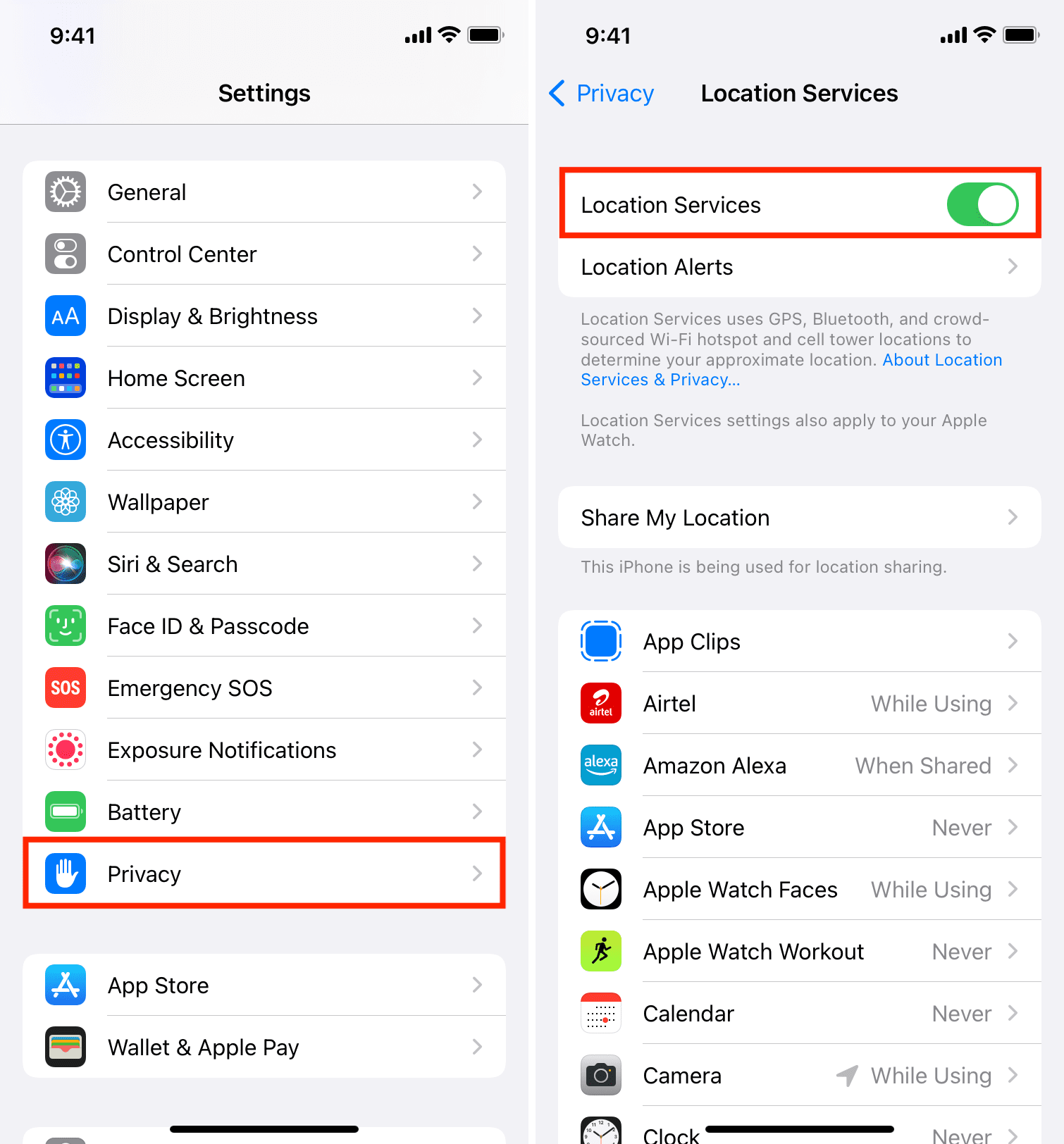
2.2 Customize Location Settings
In the same “Location Services” menu, you can customize the location settings for each app. Choose between options like “Never,” “While Using the App,” or “Always” to specify when an app can access your location. This allows you to limit location access to when the app is actively in use.
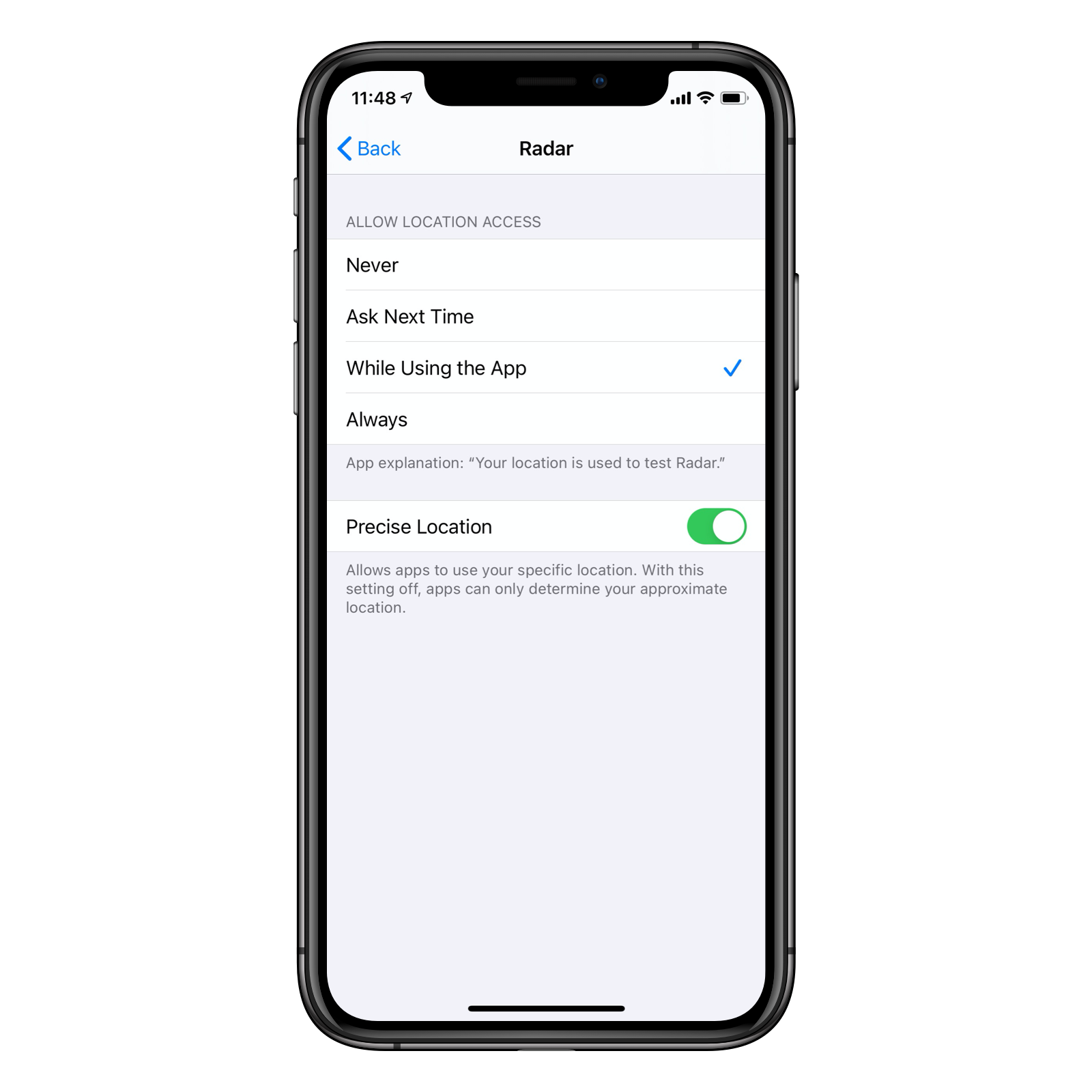
2.3 Disable Frequent Locations
To stop iOS from tracking your frequent locations, navigate to “Settings,” then tap “Privacy,” and select “Location Services.” Scroll to the bottom and click on “System Services.” From there, you can turn off “Frequent Locations.”
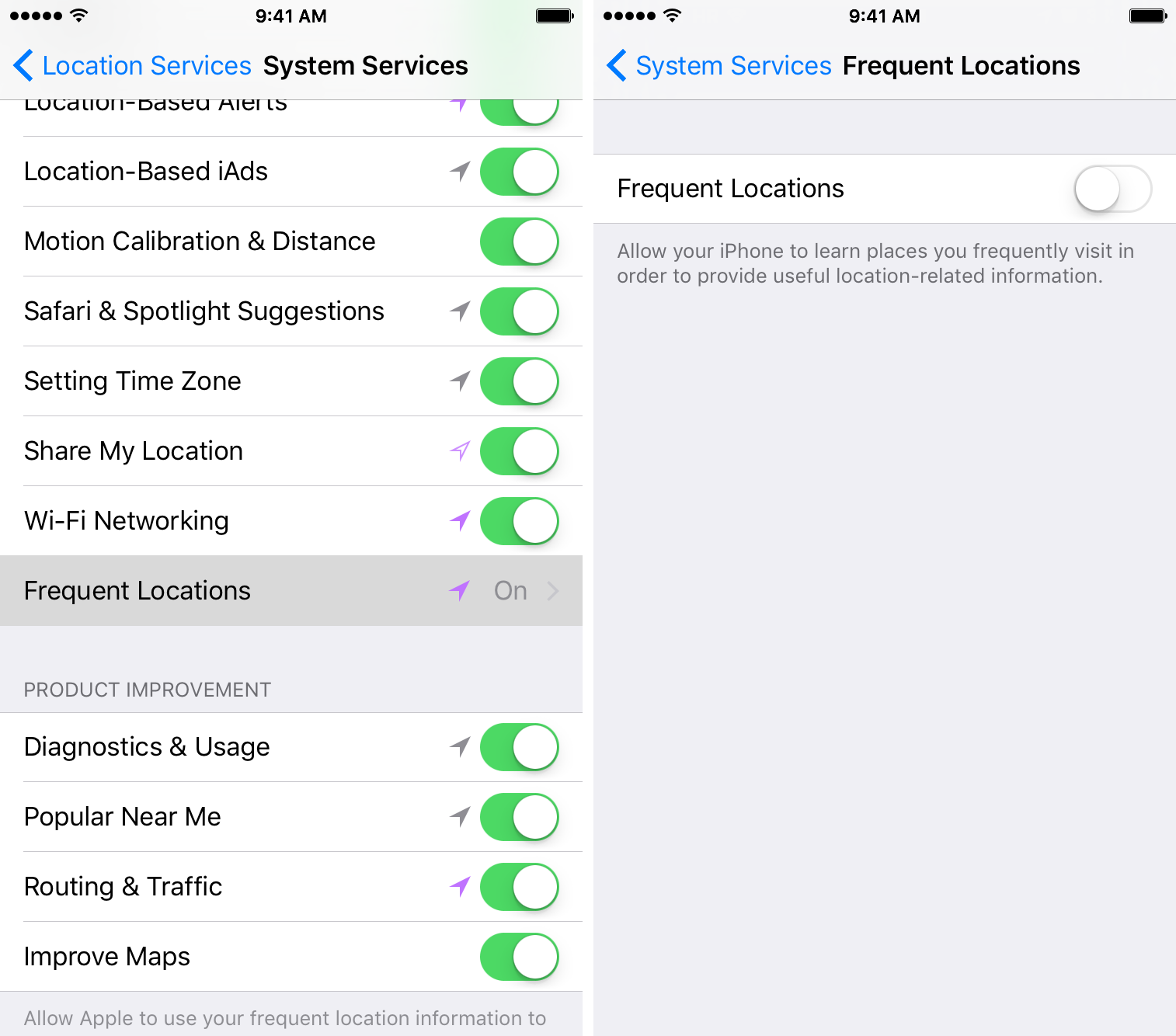
2.4 Manage System Services
In the “System Services” section, you can further manage how iOS utilizes location data. You can enable or disable specific services as per your preferences.
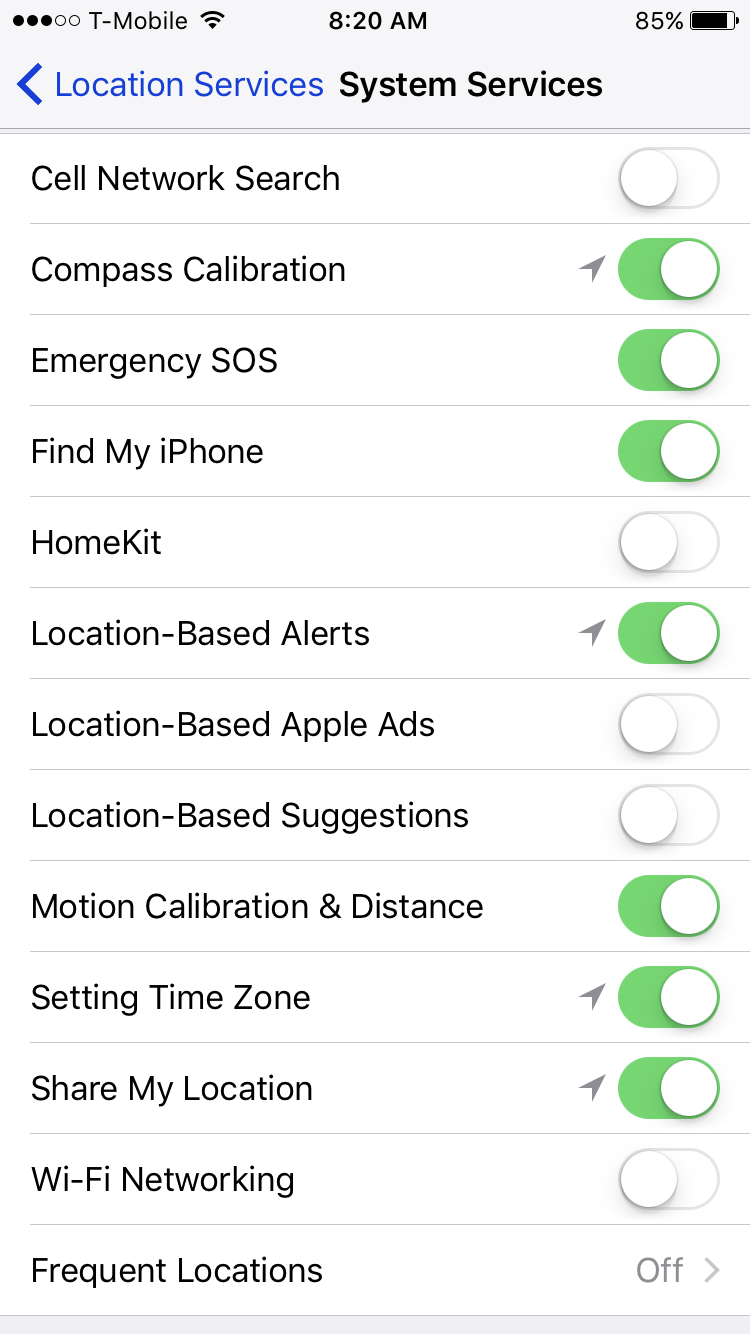
2.5 Disable Background App Refresh
To prevent apps from using your location data in the background, go to “Settings,” then tap “General” and select “Background App Refresh.” From here, you can choose to disable this feature altogether or configure it for individual apps.
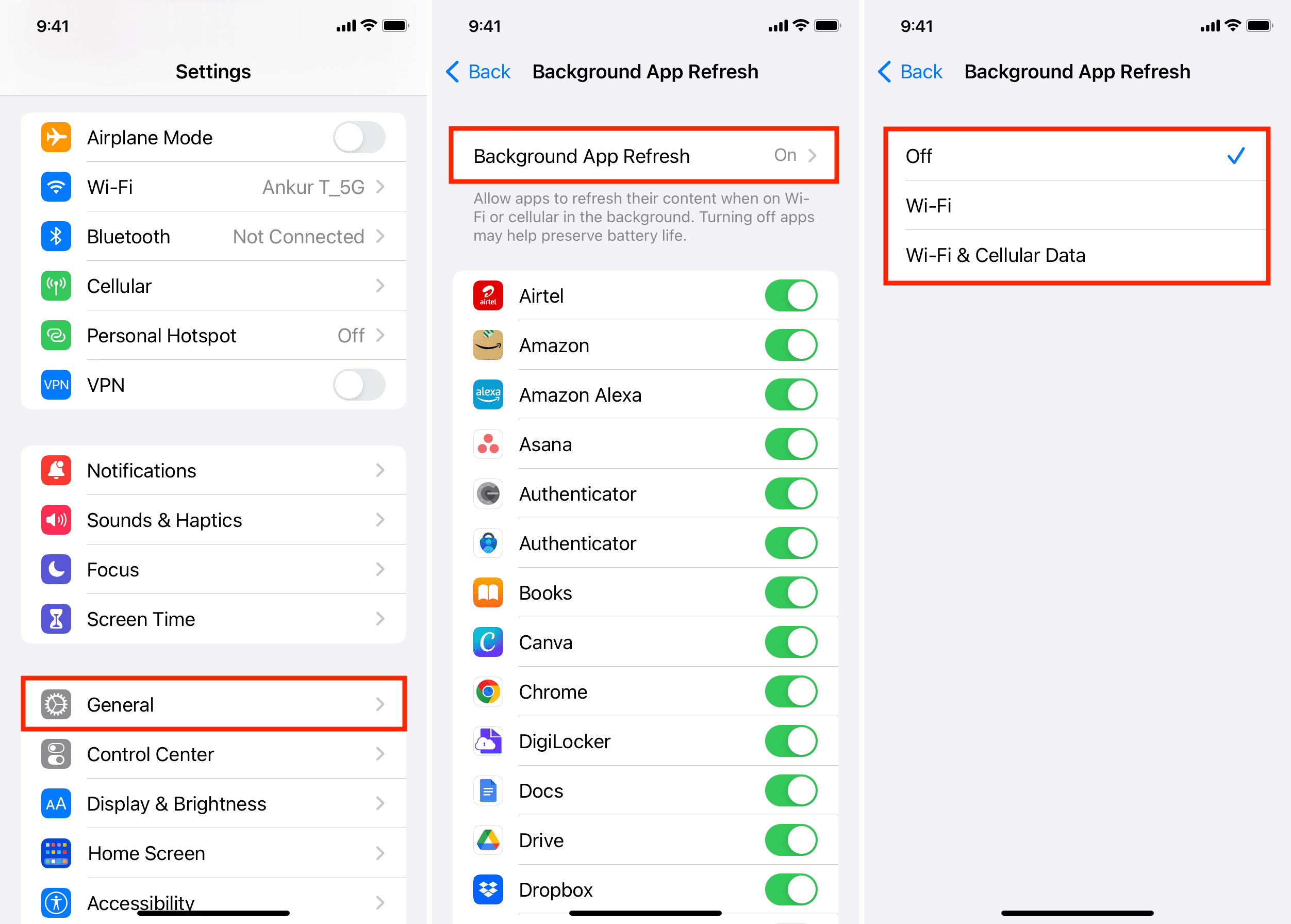
2.6 Reset Location & Privacy Settings
If you believe that a specific app’s location data permissions are causing issues, you can reset the location and privacy settings on your iPhone. To do this, go to “Settings,” scroll down to “General,” and choose “Reset.” Then, select “Reset Location & Privacy.” Keep in mind that this action resets all app location permissions, and you’ll need to reconfigure them.
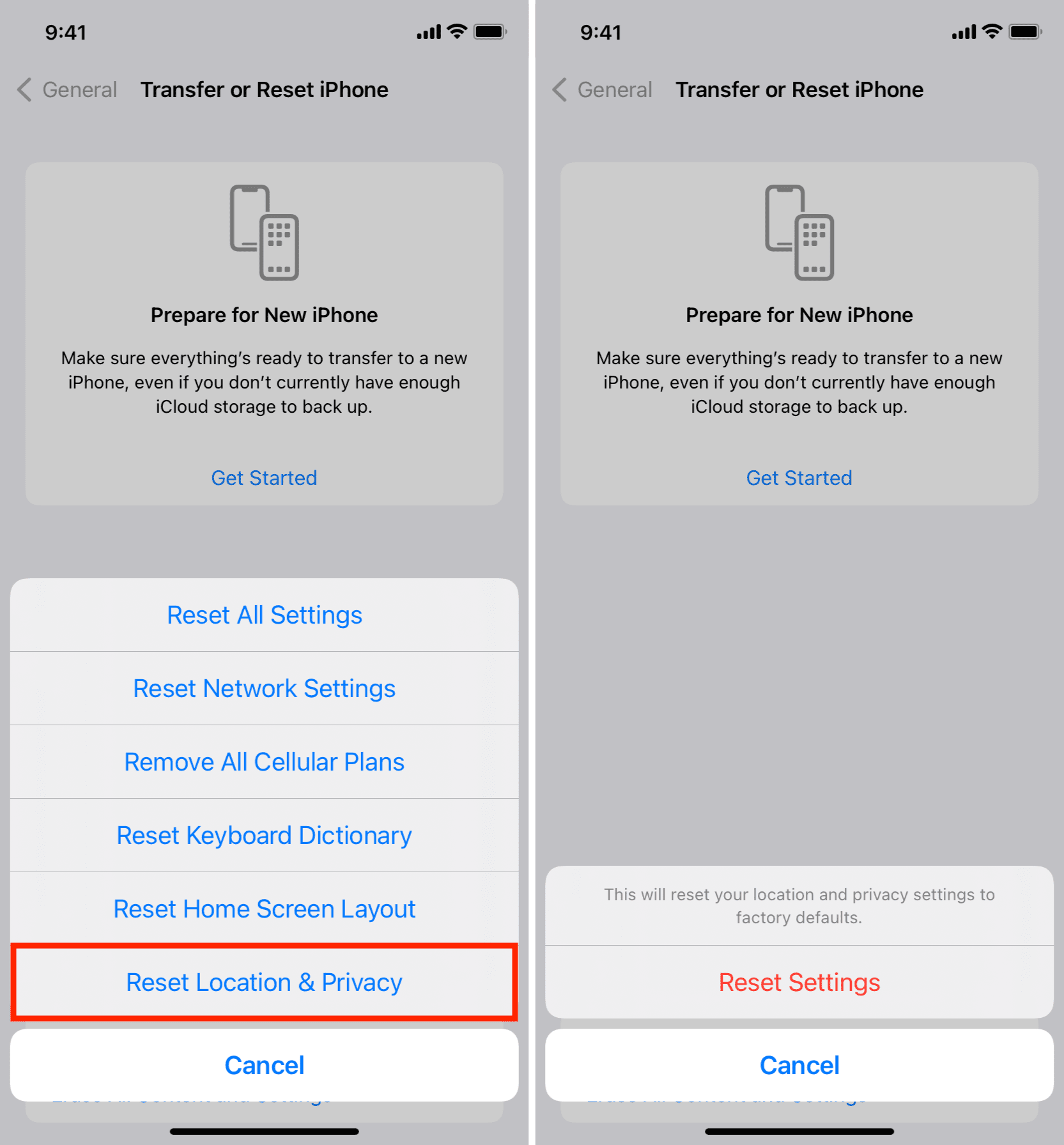
3. Advenced Method to Protect Location Privacy with AimerLab MobiGo
To further enhance your location privacy and gain more control over your iPhone’s location data, you can consider using a tool like MobiGo. AimerLab MobiGo is a reliable and user-friendly location-spoofing tool that allows you to fake your GPS location anywhere on your iPhone. MobiGo works with all location-based on apps like Find My iPhone, Life360, Pokemon Go, Facebook, Tinder, etc. It’s compatible with all iOS devices and versions, including the latest iOS 17.
Here’s a step-by-step guide on how to use AimerLab MobiGo to spoof your location on your iPhone:
Step 1: Install AimerLab MobiGo on your computer by downloading it and following the installation instructions.
Step 2: Click “Get Started” after launching MobiGo on your computer to initiate the process of creating a fake location.
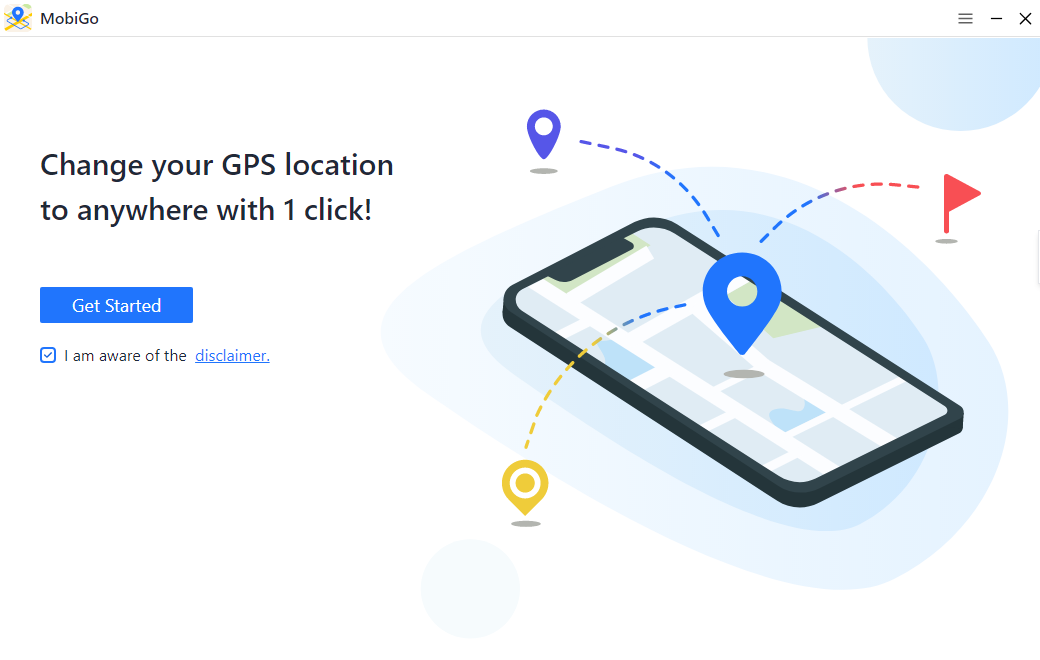
Step 3: Utilize a USB cord to establish a connection between your iPhone and computer. When prompted on your iPhone, choose the option “Trust This Computer” in order to create a connection between your device and the computer.
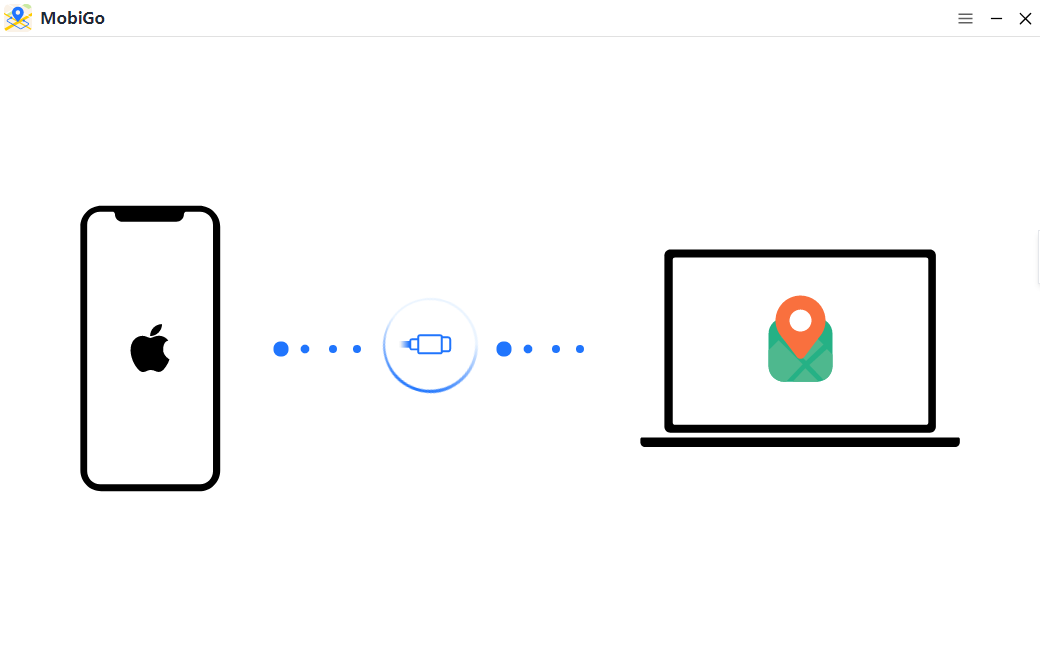
Step 4: On your iPhone, enable “Developer Mode” by following the on-screen instructions.
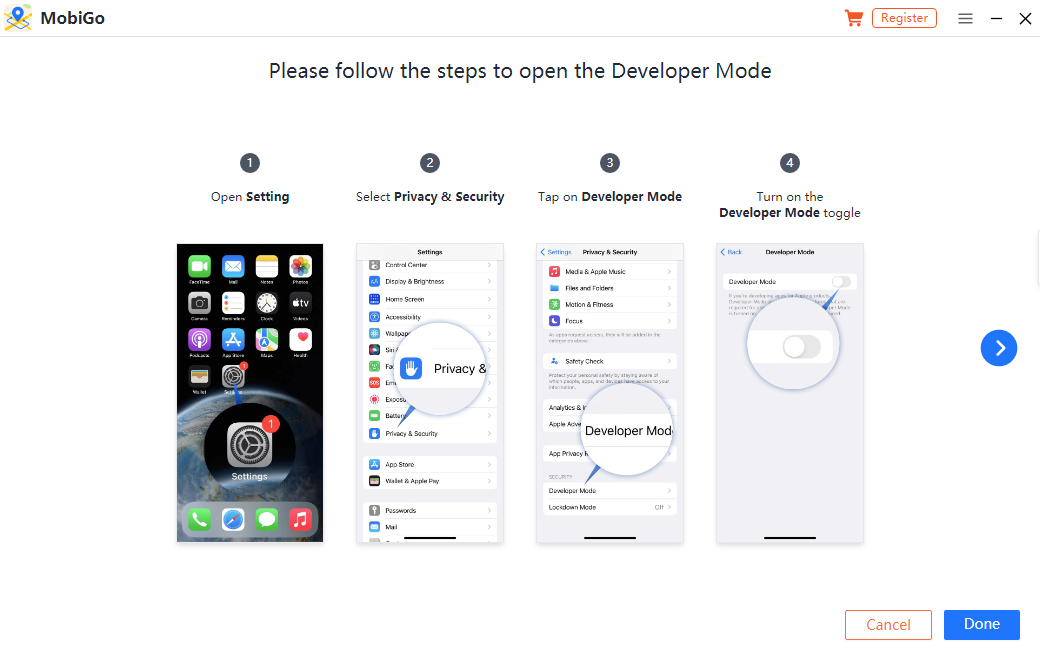
Step 5: Enter the name of the location or coordinates you want to spoof in the search bar, and MobiGo will show you a map with the selected location. You can also click on the map to choose a location to spoof with MobiGo.
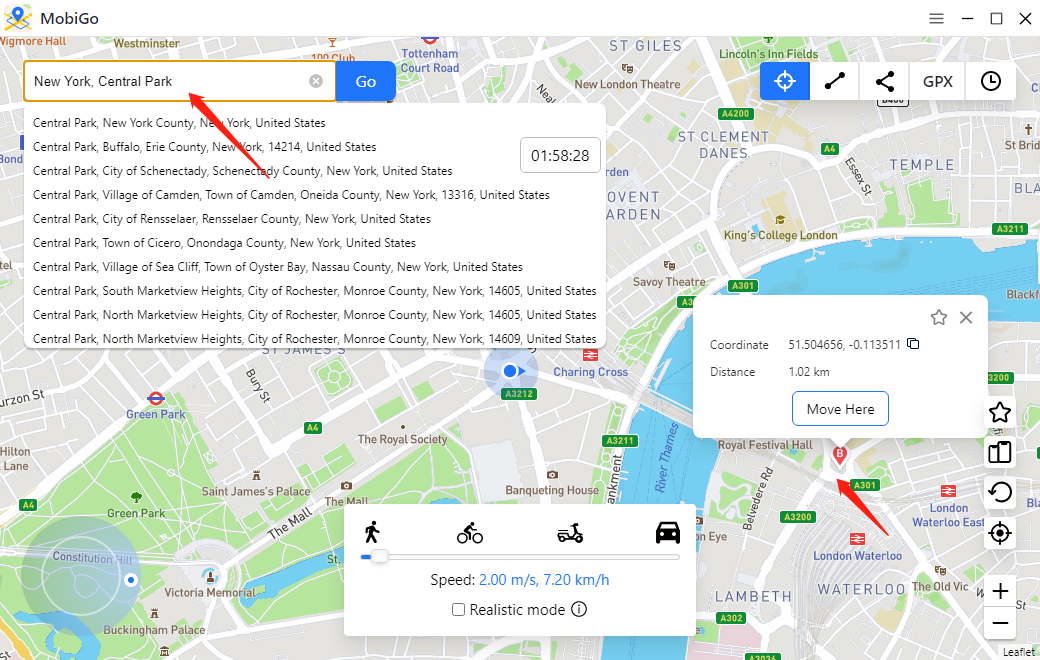
Step 6: Click on the “Move Here” button, and your iPhone’s GPS location will be spoofed to the chosen location. You’ll see the location icon indicating the spoofed location on your iPhone.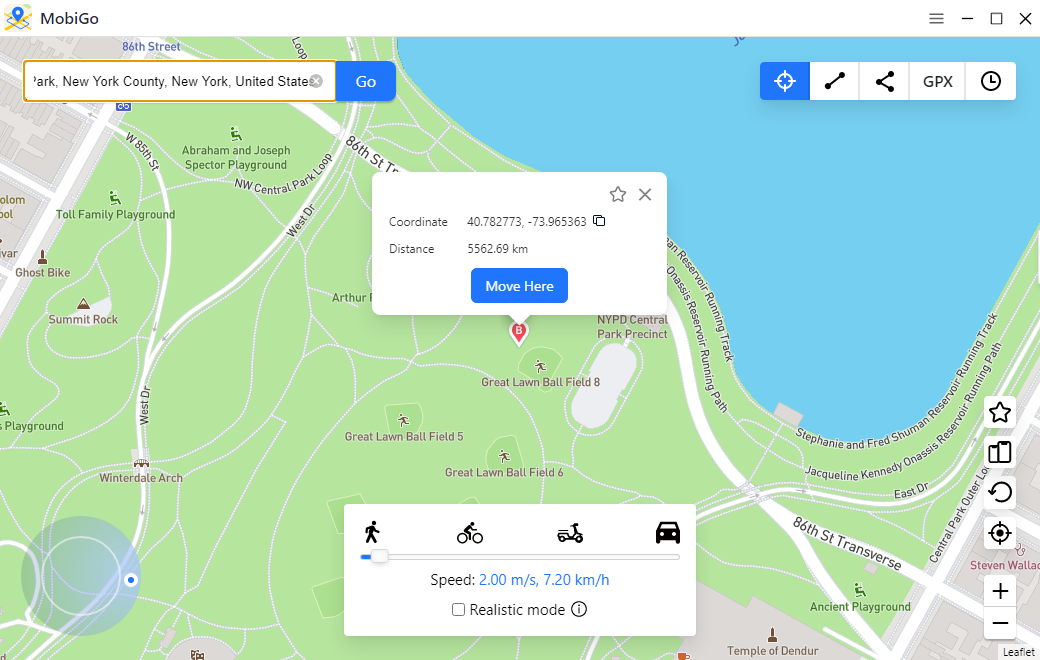
Step 7: To confirm that your location has been successfully spoofed, open a location-based app or use a mapping service on your iPhone. It should display the spoofed location.
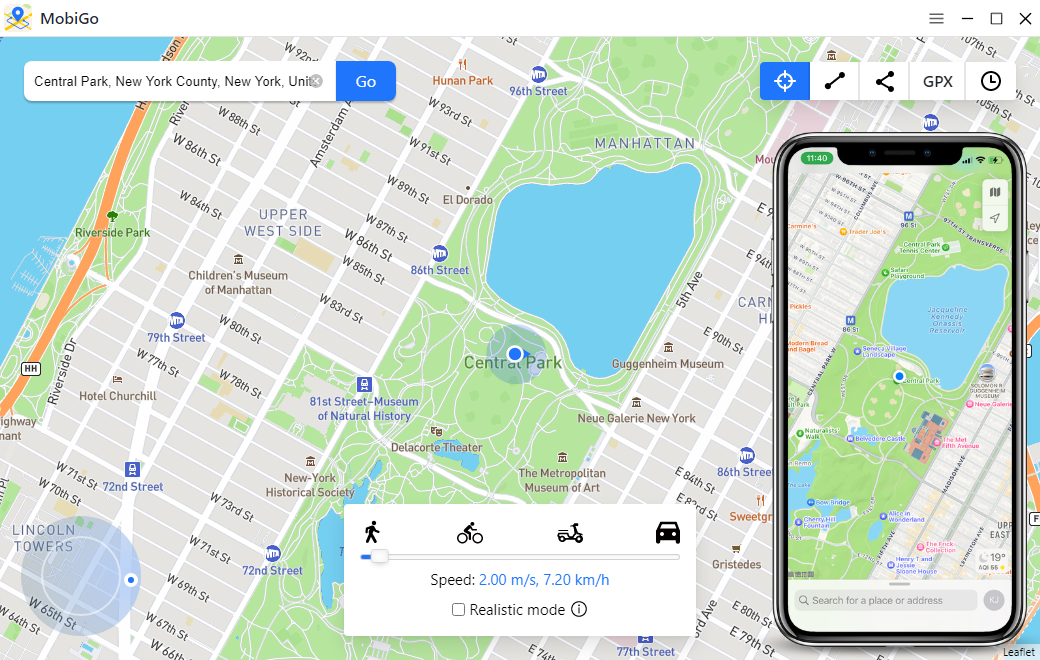
4. Conclusion
The random activation of the location icon on your iPhone can be a cause for concern, but understanding the reasons behind it and taking steps to manage and control your location services can help you regain your privacy. Furthermore, tools like AimerLab MobiGo empower you to protect your location privacy effectively, giving you control over who knows your real location and when, suggest downloading MobiGo and starting to protect your iPhone location privacy.
- Why Does My iPhone Screen Keep Dimming?
- iPhone Keeps Disconnecting from WiFi? Try These Solutions
- Methods for Tracking Location on a Verizon iPhone 15 Max
- Why Can’t I See My Child’s Location on iPhone?
- How to Fix iPhone 16/16 Pro Stuck on Hello Screen?
- How to Resolve Work Location Tag Not Working in iOS 18 Weather?




